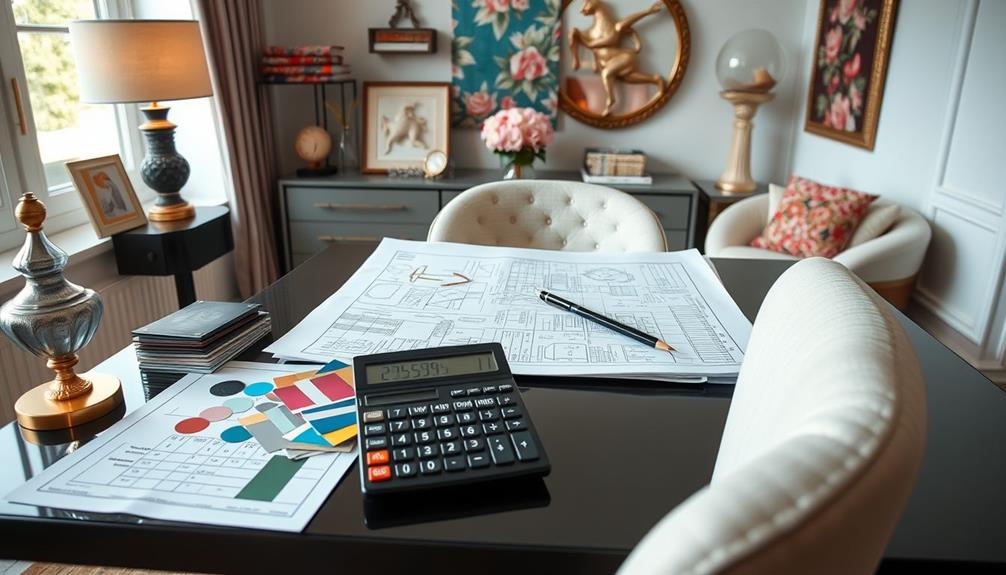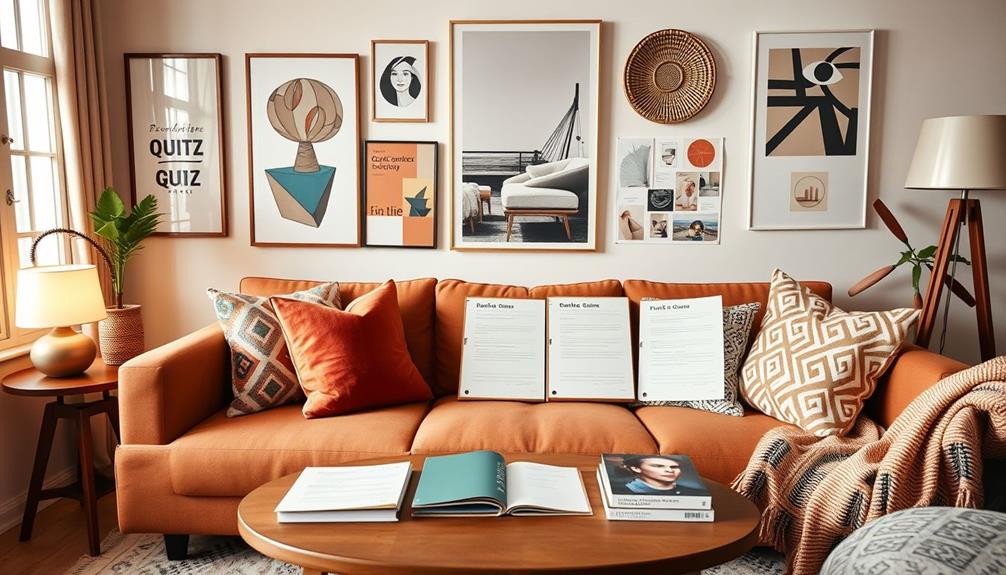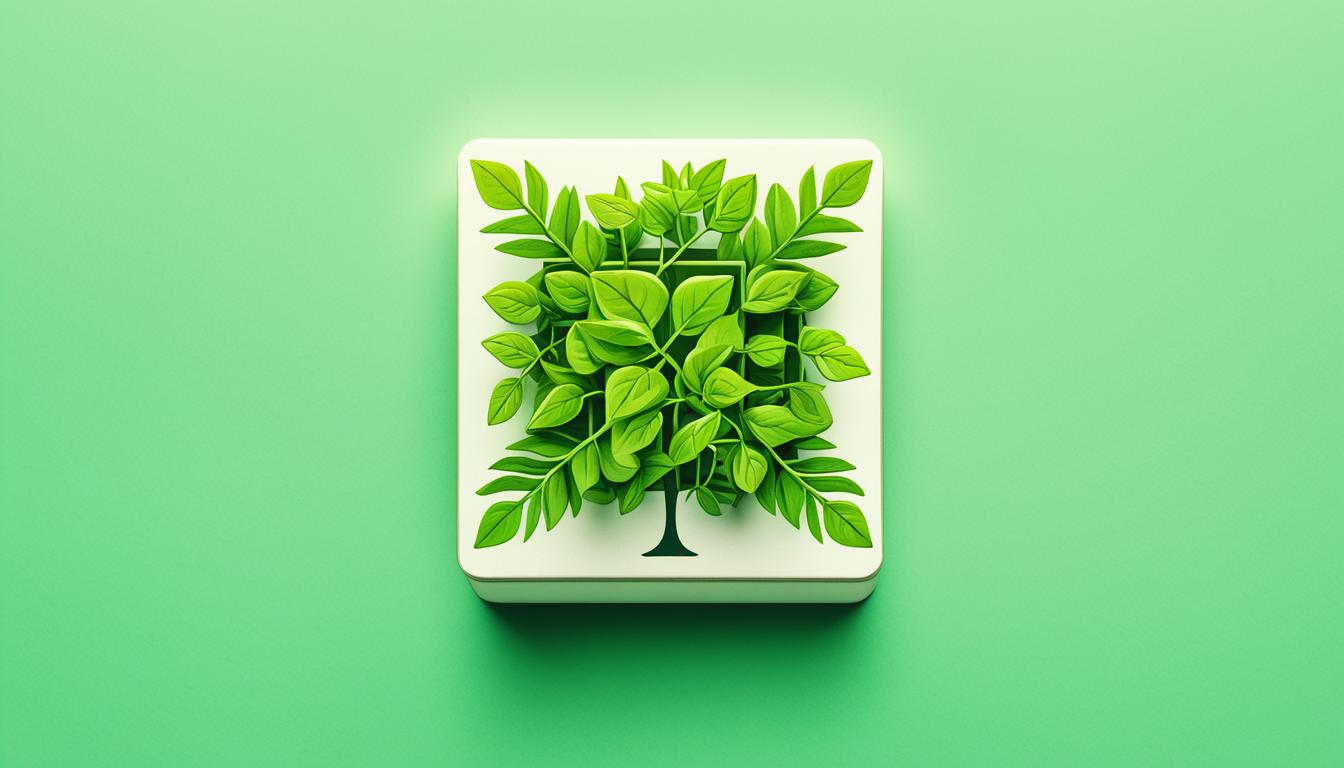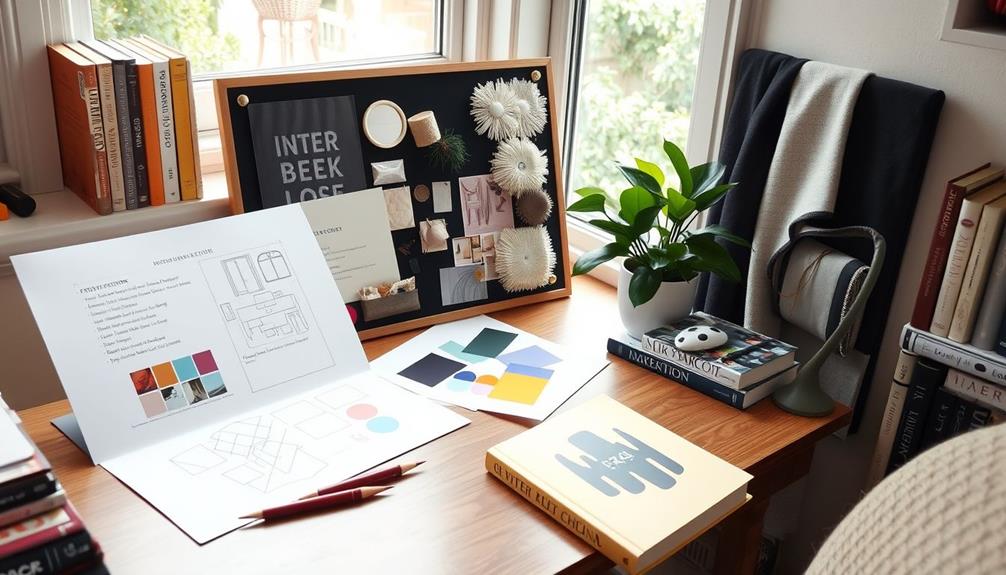To calculate interior design fees, start by considering different pricing structures. You can choose from hourly rates, ranging from $75 to $250, flat fee arrangements for predictability, or percentage-based billing, usually 10% to 45% of project costs. Think about hiring an experienced designer for specialized services, which can increase costs. Also, factor in initial consultation fees, as they can range from $50 to $250. Understanding your project's specific needs will help you accurately assess these fees. There's more to explore about pricing strategies that can enhance your overall experience. In addition to considering different pricing structures, it’s important to research and understand the various elements that go into interior design fees. Look for resources such as the ‘interior design beginners guide‘ to gain a comprehensive understanding of the industry and how pricing is determined. By educating yourself on these factors, you can make informed decisions and ensure that you are getting the best value for your investment in interior design services. With the right knowledge and preparation, you can navigate the process of calculating interior design fees with confidence.
Key Takeaways
- Determine the pricing model: choose from hourly rates, flat fees, percentage of project costs, or per room charges based on project scope.
- Assess designer experience: fees typically range from $75 for junior designers to $450 for highly experienced professionals.
- Calculate project complexity: intricate designs generally lead to higher fees, so evaluate the required details and services.
- Consider geographic location: design fees are often higher in urban areas due to increased demand and cost of living.
- Communicate transparently: provide detailed cost breakdowns and explain pricing structures to ensure clients understand and trust the fees.
Understanding Fee Structures
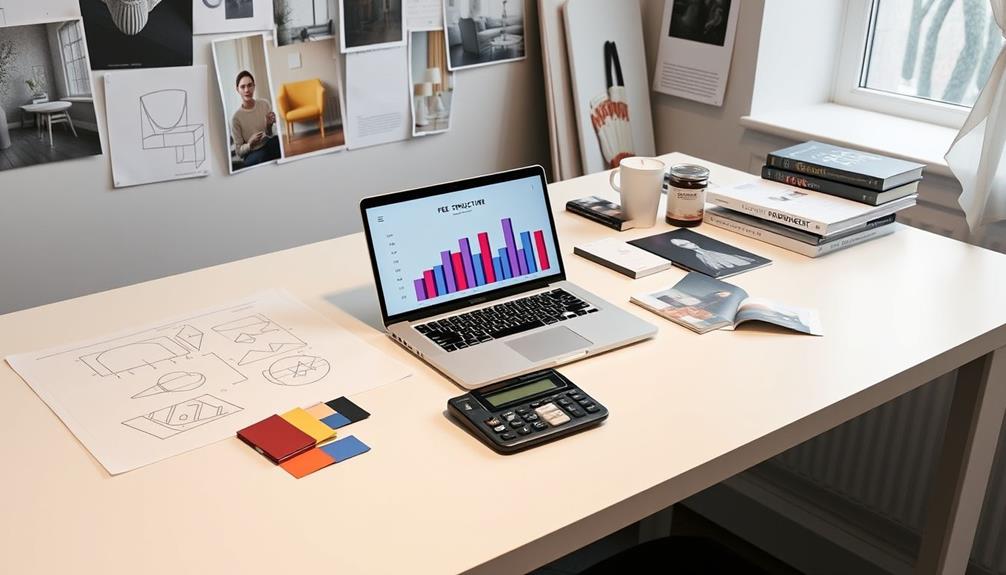
Understanding the intricacies of interior design fee structures can empower you to make informed decisions for your project.
Interior design fees can vary considerably based on the pricing model you choose. You might encounter hourly rates, which typically range from $75 to $125 for new designers and can reach up to $250 for seasoned professionals.
If you prefer predictability, a flat fee arrangement could be your best bet. This requires careful upfront calculations, allowing for estimated hours plus a buffer for any overruns.
Another common approach is pricing per square foot, usually between $5 and $17, depending on the complexity of the project and your location. This method often suits commercial projects well.
Alternatively, you might consider percentage-based fees, which generally range from 10% to 45% of the overall project cost, with 15% to 30% being the most typical. This option allows for transparency, as payments are scheduled based on project milestones.
Each fee structure has its advantages, so understanding these options helps you select the one that aligns best with your project's goals and budget.
Initial Consultation Costs

When you start your interior design journey, the initial consultation is key to setting the stage for success.
Typically, you can expect to pay between $50 and $250, depending on the designer's experience and your location.
This meeting not only helps you communicate your vision but also establishes a professional relationship that can enhance the overall project.
Importance of Initial Consultation
An initial consultation is a critical step in the interior design process, often setting the tone for your entire project. During this meeting, you'll discuss your preferences, budget, and the overall scope of the project with the designer.
Initial consultation fees typically range from $50 to $250, depending on the designer's experience and location. This investment provides you with valuable insights and a clearer understanding of potential project costs.
The designer will assess your needs and may present up to three design concepts, helping you visualize the possibilities. Establishing a good relationship with your designer during this meeting is essential; it clarifies expectations and guarantees that both parties are aligned on project goals.
A successful initial consultation lays the groundwork for your design journey, making it easier to collaborate effectively. It's not just about the fee; it's about finding a designer whose vision resonates with yours and who can bring your ideas to life.
Ultimately, this early engagement can lead to a smoother design process, making it easier to achieve the results you desire.
Typical Fee Ranges
After establishing a rapport in your initial consultation, it's important to grasp the typical fee ranges associated with interior design services. Initial consultation fees can vary considerably, usually ranging from $50 to $250. This amount largely depends on the designer's experience and location. Many designers charge an initial consultation fee to assess the project scope, client preferences, and budget before diving deeper into the design process.
Here's a quick breakdown of what you might expect:
| Experience Level | Fee Range | Notes |
|---|---|---|
| Junior Designer | $50 – $100 | Often less experienced, may charge hourly. |
| Mid-Level Designer | $100 – $175 | More experience, offering multiple concepts. |
| Experienced Designer | $175 – $250 | High expertise, may charge by the hour. |
| Specialized Designer | $200 – $300 | Niche expertise, tailored services. |
| Location-Specific | Varies | Urban areas often have higher fees. |
Establishing a strong relationship during this initial meeting sets the foundation for successful collaboration on your project.
Hourly Rate Considerations
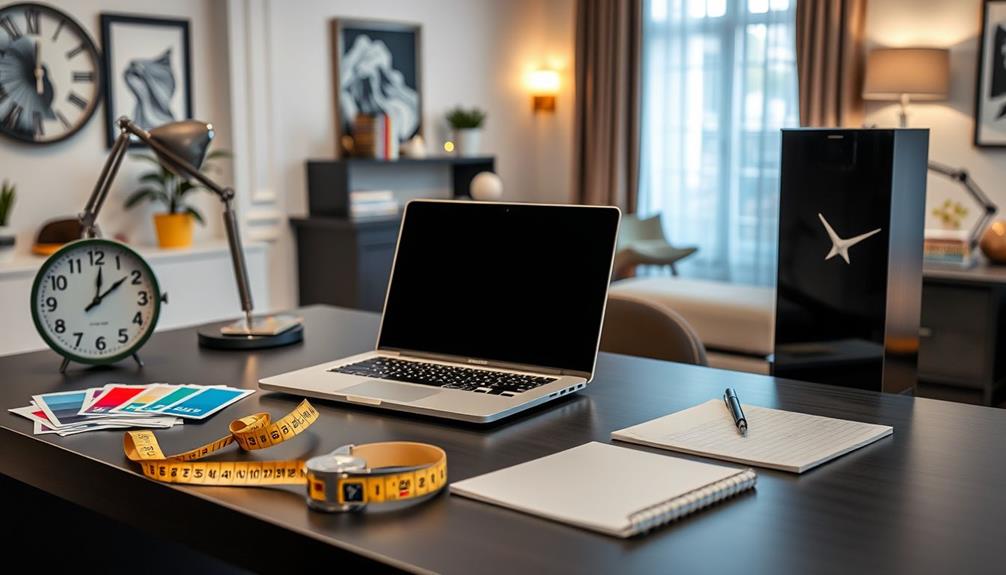
In determining your hourly rate as an interior designer, consider both your experience level and the complexity of the project. If you're new to the field, average hourly rates typically range from $75 to $125. However, if you've gained experience and a solid portfolio, you might charge up to $250 per hour.
It's essential to align your rate with the value you provide through your interior design services.
To maintain transparency, provide clients with a detailed estimate of the hours required for each phase of the project. This helps set clear expectations and avoids surprises down the line. Your contracts should outline the hourly fees and the scope of work to prevent misunderstandings regarding costs.
Hourly billing works well for limited services and consultations, ensuring clients only pay for the time they utilize. Be diligent in tracking your hours—neglecting this can lead to underbilling and reduced profitability.
Flat Fee Explained
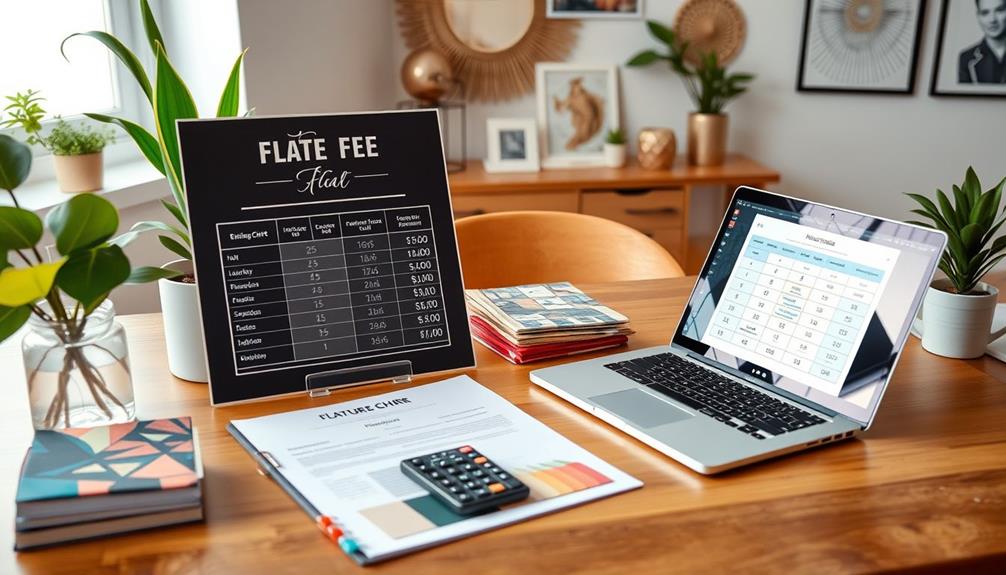
Flat fee billing offers a straightforward alternative to hourly rates for interior designers. This pricing structure requires you to calculate estimated hours and expenses upfront, often including a 15% buffer for any overruns. It's especially beneficial for larger projects, giving you clear, predictable project costs without the variability of hourly billing. You can pay a single amount upfront or in installments based on project milestones.
However, defining the scope of work is essential. A well-outlined scope helps avoid misunderstandings and guarantees any changes during the project are accounted for in your flat fee agreement.
Here's a quick comparison of flat fee rates based on project complexity:
| Project Complexity | Estimated Flat Fee |
|---|---|
| Basic Room Design | $69 |
| Moderate Design Work | $350 |
| Advanced Design Work | $750 |
| Custom Design | $1250 |
| Full Home Renovation | $2000+ |
Using a flat fee can simplify your design work experience, allowing you to focus more on creativity and less on billing complexities.
Specialized Billing Methods
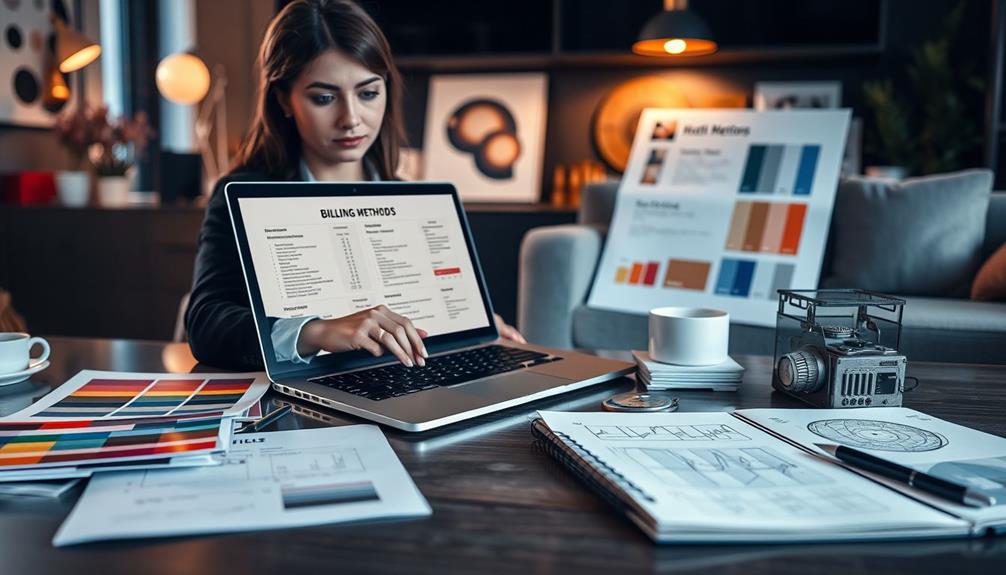
When it comes to specialized billing methods in interior design, you have several options that cater to different project needs. Understanding these methods can help you choose the right billing method for your interior design project.
- Daily fees: Ideal for small projects, ranging from $600 to $2000.
- Per room charges: Typically between $500 to $1500, varying based on room complexity.
- Square foot pricing: Common in commercial projects, with rates from $5 to $17 per square foot.
Daily fee structures simplify pricing for quick projects, allowing you to grasp total costs upfront without the hassle of hourly tracking.
If you're tackling a larger interior design project, consider per room charges, which adjust based on space complexity.
For commercial designs, square foot pricing provides a clear-cut approach, especially when location and service level come into play.
Importance of Transparent Pricing
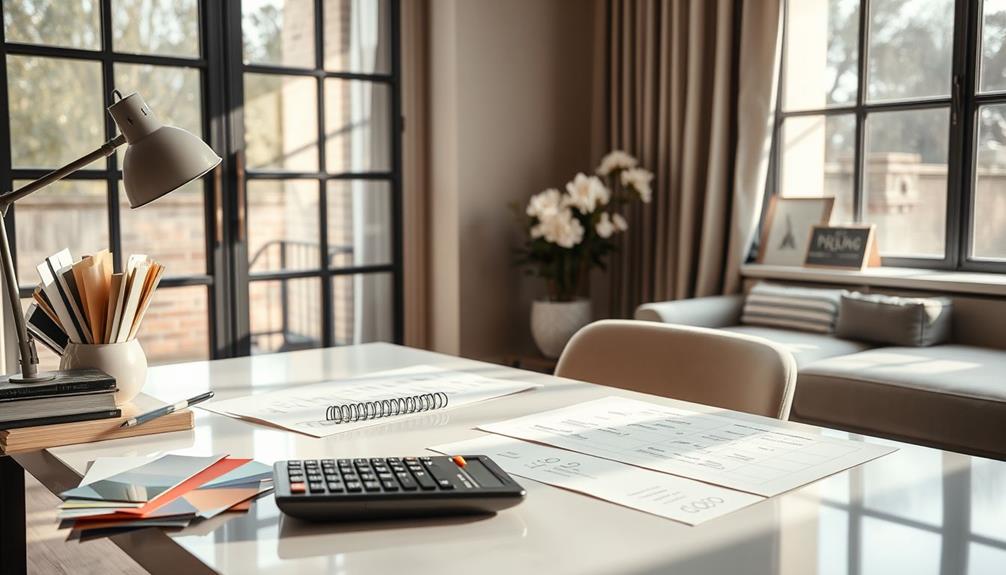
Transparent pricing is essential for any interior design project, as it lays the groundwork for trust between you and your clients. When you communicate clear fee structures, you foster long-term relationships that minimize misunderstandings or disputes over costs.
This transparency not only enhances your professional reputation but also encourages client referrals and repeat business.
By providing a detailed breakdown of costs in your proposals, you empower clients to make informed decisions about their budgets. This openness promotes client satisfaction, as they feel respected and valued when you disclose your pricing methods and potential additional costs.
It reinforces the importance of their investment in your services.
Moreover, transparent pricing improves client satisfaction and supports your ability to maintain competitive pricing in the market. Clients appreciate knowing exactly what they're paying for, which helps them feel confident in their choices.
Ultimately, when you prioritize transparent pricing, you're not just selling a design project; you're building a trusting relationship that can lead to successful collaborations and a thriving business.
Embrace this practice, and watch your client base grow as a result.
Factors Affecting Design Fees
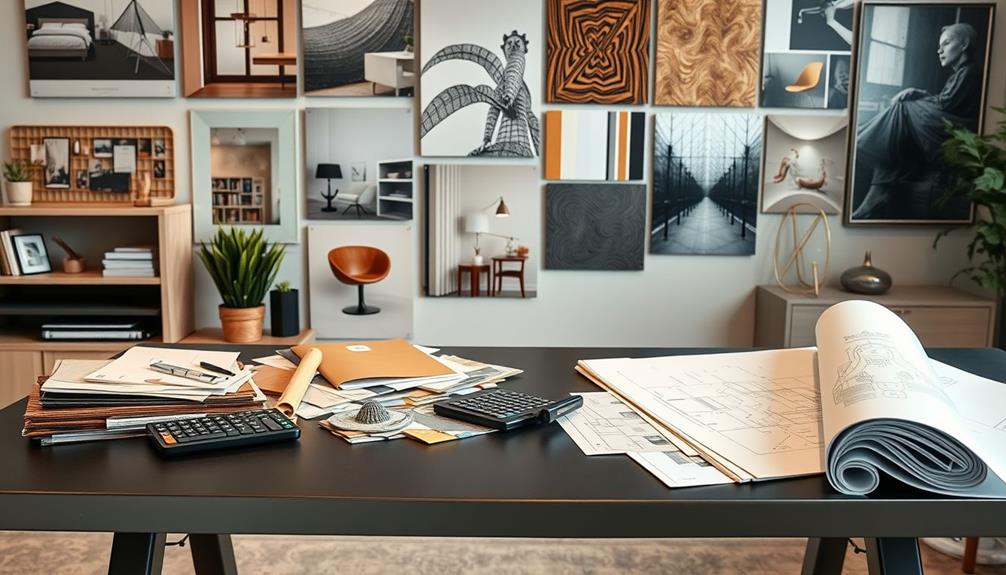
Several key factors influence interior design fees, shaping how much clients can expect to pay for their projects. Understanding these elements can help you make informed decisions when hiring a designer.
- Project Complexity: More intricate designs typically incur higher fees.
- Designer Experience: Established designers charge premium rates.
- Geographic Location: Fees vary based on local market demands.
The complexity of your project plays a significant role in the overall cost. If you have unique requirements or custom work, expect to pay more due to the additional time and expertise needed.
Additionally, designer experience greatly affects fees; seasoned professionals can command rates up to $450 per hour, while newcomers might start at $75 per hour.
Geographic location is another important factor. Urban areas usually have higher design fees due to increased demand and cost of living.
Finally, the scope of services you require can also alter pricing. Extensive services, from initial consultations to project management, lead to increased fees, while limited services may be billed at lower rates.
Understanding these factors can help you align your budget with your design goals.
Accurate Fee Calculation

Calculating interior design fees accurately is essential for both clients and designers to guarantee a smooth project experience. Start by evaluating project requirements and deliverables. Consider factors like project complexity and the designer's years of experience. This not only influences how much time you'll need but also helps in setting competitive rates.
Here's a simple breakdown to guide you:
| Experience Level | Hourly Rate Range |
|---|---|
| Beginner (0-2 years) | $75 – $100 |
| Intermediate (3-5 years) | $100 – $150 |
| Experienced (6-10 years) | $150 – $200 |
| Expert (10+ years) | $200 – $250 |
| Project-Based Pricing | Varies based on total cost of the project |
When calculating your fee, account for materials and additional costs to avoid surprises later. Designers offer various pricing structures, like flat fees or percentages of the project costs. By regularly reviewing your pricing strategies based on market trends, you can guarantee your fee would reflect both your skills and the value clients expect.
Communicating Prices to Clients

Understanding how to communicate prices effectively to clients is vital for building trust and ensuring a positive experience. Here are some key strategies to take into account:
- Provide a detailed breakdown of costs in your proposals.
- Clearly explain your pricing structure and the value it offers.
- Encourage open communication about fees and charges.
When you present your fees, make sure to clarify how you charge—whether it's hourly rates, flat fees, or a percentage of project costs. This transparency helps clients understand the value of your work as a designer.
Offering multiple pricing options gives clients the flexibility to choose a budget that fits their needs, enhancing their overall satisfaction.
Don't hesitate to invite questions from clients regarding any uncertainties about fees. This approach fosters open dialogue and strengthens the professional relationship.
Following up after delivering your proposal is also important; it allows you to address any concerns or clarifications, reinforcing your commitment to transparency and client satisfaction.
Tools for Fee Management

Effective fee management is essential for running a successful interior design business. To streamline your processes, consider utilizing project management software. This tool helps you track time and costs efficiently, guaranteeing accurate billing and transparency in your fee management.
With these systems, you can easily manage multiple projects without losing sight of your financials.
Another key tool is templates for contracts and proposals. These guarantee consistency and clarity in your pricing structures, making it easier for you and your clients to understand the costs involved.
Additionally, access industry reports and benchmarks regularly to stay informed about current pricing standards and competitive rates among interior designers.
Don't underestimate the value of ongoing education; attending workshops or webinars focused on pricing strategies can greatly enhance your skills in fee management and client communication.
Conclusion
Just like a skilled gardener tending to a vibrant garden, you nurture your design practice by understanding your fees. Each method of billing is a unique flower, adding color to your business. When you communicate clearly with clients, you cultivate trust, ensuring your financial landscape flourishes. Remember, every project is a seed planted; with careful management and attention, it can bloom into a rewarding partnership. Embrace this journey, and watch your design dreams grow.
